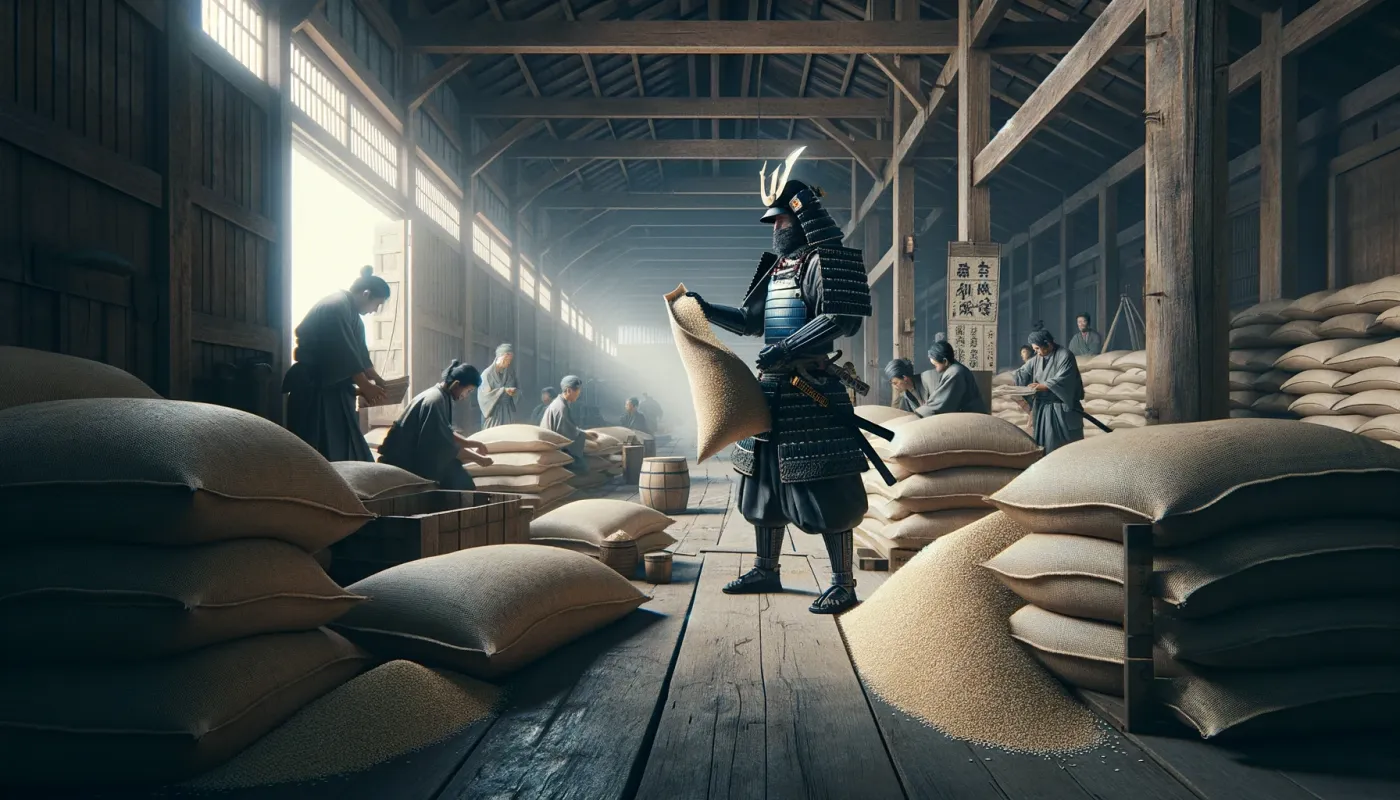13 Bizarre Facts About the Samurai Almost No One Knows

The elite samurai warriors of feudal Japan have tickled our fantasy for centuries with their strict bushido code of honor shaping their regimented lives.
However, the darker realities of samurai culture reveal surprising and lesser-known facts beyond the romanticized legends.
Here are 24 facts about the Samurai that will change the way you see these "noble savages" forever.
13. Warrior Princesses
While exceedingly rare, the samurai ranks did include a few trailblazing women warriors. These female samurai were more than just fighters - some were the official heads of their clans, managing estates and commanding respect. Gender norms? The samurai didn't know them!
12. Poetry Amid Battle
Can you imagine penning poetic verses while dodging arrows on the battlefield? For the elite samurai warriors of feudal Japan, this was a common occurrence. Even as they laid siege to enemy fortresses, these cultured warriors would pause for poetry contests, showcasing their unexpected artistic depth amidst the chaos of war. Talk about an unexpected talent!
11. Paid in Grains of Power
In feudal Japan's unique economy, the samurai's pay didn't come in coins - it came in rice. A warrior's wealth was measured in koku, the units of rice they received, which in turn determined their rank and status in the hierarchy. For the samurai, every grain carried societal weight.
10. Flower Power
Despite their fearsome reputation as unstoppable warriors, samurai had a surprising soft spot - for flower arranging! That's right, these legendary swordsmen dedicated themselves to the delicate art of ikebana, cultivating patience, precision, and aesthetic sensibility. Who would have thought that the key to balancing their martial prowess lay in the beauty of floral arrangements?
9. Helmet Hackers
When swords and arrows just won't cut it, what's a resourceful samurai to do? Unveil the "kabutowari" - a specialized helmet breaker designed to pierce through the armor of enemy warriors! These innovative mini-weapons added a surprising twist to the samurai's arsenal, proving their ingenuity on the battlefield.
8. Mentors of the Blade
The path of the samurai wasn't just about combat - it was a way of life. In a practice called "wakashudo," young boys were taken as apprentices, receiving training in martial arts alongside mentorship in ethics and culture. This fraternal bond ensured the next generation of warriors would uphold the samurai's honored traditions.
7. Lance Duels on Horseback
If you thought jousting was just a medieval European pastime, think again! In rare historical instances, samurai would engage in highly ritualized duels on horseback, wielding only lances. These battles were as much about spectacle and honor as actual combat effectiveness, showcasing the samurai's flair for the dramatic.
6. Ronin: Avenging Shadows
You've heard of the legendary "ronin" - those masterless samurai roaming feudal Japan. But did you know this term also referred to a far more sinister role? Ronin were samurai sworn to avenge the death of their master, living in the shadows for years to fulfill their oath of loyalty. These shadowy figures were the ultimate embodiment of determination and unwavering devotion.
5. Armored Aquanauts
When you envision the iconic samurai armor, you probably picture bulky, restricting plates. But these battle suits were anything but cumbersome! Designed to be waterproof and lightweight, samurai armor allowed remarkable freedom of movement while deflecting arrows and swords. Who knew such functional fashion existed centuries ago?
4. Warriors of the Tealeaf
For the noble samurai, battle wasn't the only arena demanding discipline and focus. They were among the first warrior classes to embrace tea cultivation and ceremonies as part of their code. These rituals served as meditation, diplomacy tools, and even means of forging political alliances - all over a humble cup of tea!
3. From Swords to City Planning
You might assume the samurai's strategic brilliance was reserved for the battlefield. But during the peaceful Edo period, many of these warriors transitioned into civic roles like bureaucrats and city planners. With their sharp minds for tactics, samurai helped design urban areas and coordinate firefighting efforts - a far cry from their days wielding katanas!
2. Seppuku Symphony
The ritual of seppuku, or ritualistic suicide by disembowelment, was no solitary affair for the samurai. It involved a macabre second act - the "kaishakunin", whose role was to swiftly decapitate the samurai to end their suffering after the belly cutting. Talk about a grim honor!
1. Intimidating Headgear
Those signature samurai helmets weren't just for protection on the battlefield. These headpieces were true works of art, often featuring intricate family crests called "mon." Their fearsome designs served to demoralize foes before a sword was even drawn. Now that's an entrance!
